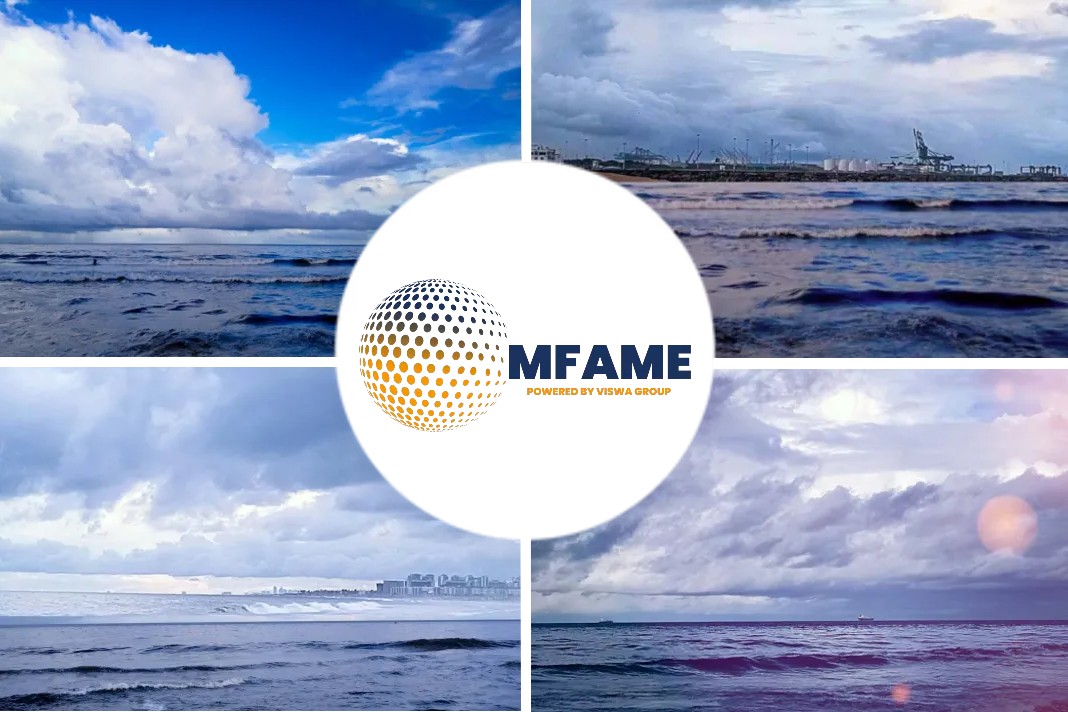A range of hull repairs on a variety of ship types have illustrated the diversity of shell plating operations that Hydrex diver/technicians are capable of undertaking at a moment’s notice.
In Amsterdam, recently, Hydrex responded to an emergency call from a ship’s crew, requesting a permanent repair to a crack in the port side grey water tank of their 145m chemical tanker.
To get the job done during the ship’s port stay, Hydrex immediately fabricated a 700mm x 300mm insert plate, as well as a steel mobdock (mobile drydock) profiled to fit the curvature of the tanker’s hull. The mobdock was installed, enabling the diver/technicians to cut away the cracked area and weld the insert plate in place, using Hydrex’s class-approved full penetration welding technique. All of this work was carried out during the tanker’s scheduled stop, and in close communication with the superintendent of the vessel and the attending class surveyor. The permanent nature of the repair meant that no further action would be required at the ship’s next drydocking.
Meanwhile, after a fully-loaded 180m bulk carrier was faced with a near two-week delay when a repair to grounding damage in Las Palmas, Spain, proved unsuccessful, Hydrex was called in to take over the repair work. The Antwerp-headquartered company had been chosen because the classification society was confident that Hydrex would be able to perform a satisfactory underwater repair and get the bulker sailing again as soon as possible.
The Hydrex team was on site rapidly, the first step of the operation being the removal of the cofferdam that had been installed during the previous repair attempt. Then, working in shifts, Hydrex diver/technicians installed two doubler plates over the affected areas of the flat bottom. The vessel was soon able to resume her voyage, much to the satisfaction of the owner and port authority.
Similarly, when a crack was noticed in a 163m ro-ro vessel, Hydrex was requested to undertake an underwater repair during the ship’s stop in Zeebrugge. Thanks to the large stock of equipment held by Hydrex’s fast response centre in Antwerp, a repair team could be mobilised almost immediately.
Once the work area was certified gas-free, divers inspected the damaged area on both sides of the hull. They then installed a blanking plate on the outside of the hull over the 600mm-700mm crack, which allowed welders to repair the crack from the inside of the engine room without risk of water ingress.
It was found necessary to remove parts of frames and bulkheads as well as a cement box to gain full access. The Hydrex technicians drilled crack arrests at both extremities to prevent spreading, ground out the crack over its entire length, and filled the crack by full penetration welding. The work enabled the ship to avoid going off schedule for emergency drydocking, and allowed a more permanent repair to be scheduled at a suitable future time and location.
Another project, this time In Punta del Este, Uruguay, saw Hydrex teams carry out both a temporary on-site repair to allow a 277m tanker to keep to schedule, and a permanent repair three months later when conditions had improved and more time was available.
The vessel had suffered a hole in the shell plating of a ballast tank, but poor weather and fast currents, as well as limited time, meant that welding was not possible. The divers were able to quickly install a doubler over the hole. The Hydrex technical department was then able to devise a more permanent repair, which involved installation of a cofferdam on the waterside of the damaged area, cutting away the affected area of bottom plating and welding in an insert plate. Again, the repair was carried out, using Hydrex’s full penetration welding technique, tested ultrasonically by an independent inspector and approved by the attending class surveyor.
Hydrex’s class-approved cofferdam technique was employed again on a 228m tanker at berth in Rotterdam. This offered a quick, cost-effective alternative to dry docking in order to repair two leaking pipes.
“Overboard pipe repairs are vital for a vessel because there is a direct connection between the outside hull and the pipes. This means that any damage to the pipes can compromise the integrity of the hull. For this reason, the classification society will strictly monitor the condition of the pipes and will demand a fast and thorough repair of the damage,” said Hydrex Production Executive Dave Bleyenberg.
“We offer permanent afloat solutions for situations like this, bringing a high standard of care and professionalism to guarantee that a ship can sail safely afterwards, with the service delivered in as short a time as possible. We can renew damaged hull plating, repair cracks, repair or replace pipes and flanges, as well as undertaking installation of seachests, speed log or echo sounder housings” Bleyenberg added. “We have a wide range of standard mobdocks available, but a tailor-made mobdock can be created to fit a specific hull shape or purpose. Our goal is to keep our customers sailing with as little delay as possible.”
Did you subscribe for our daily newsletter?
It’s Free! Click here to Subscribe!
























